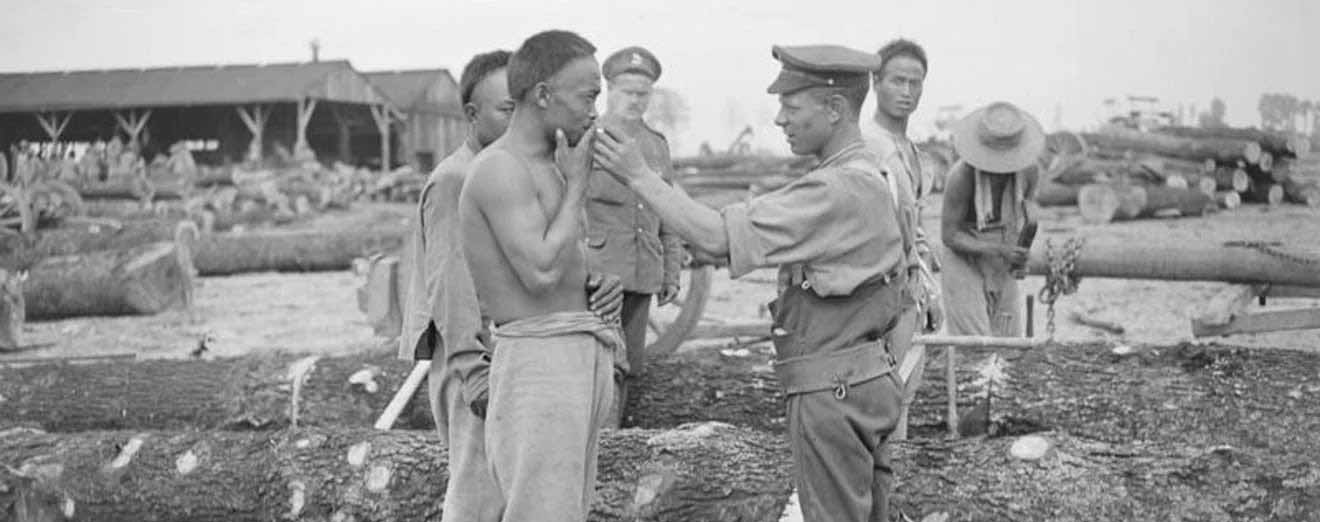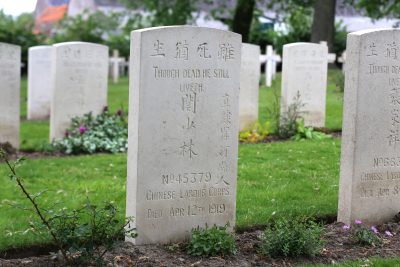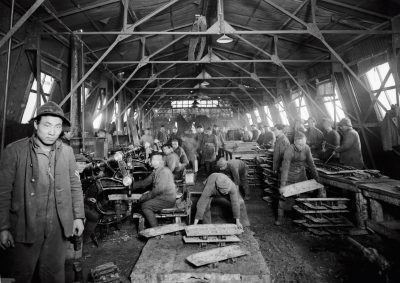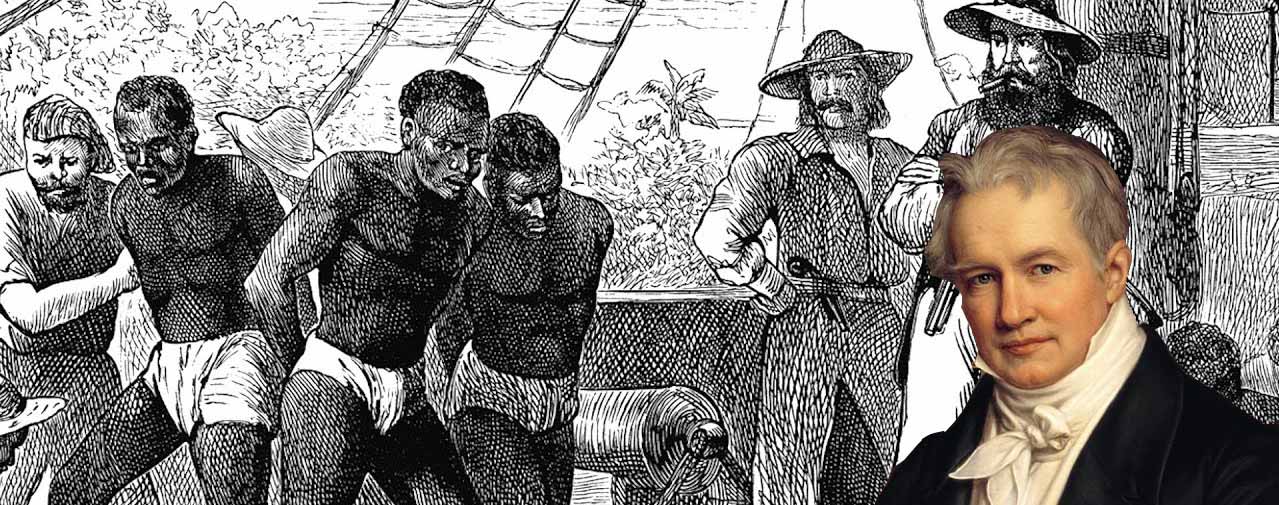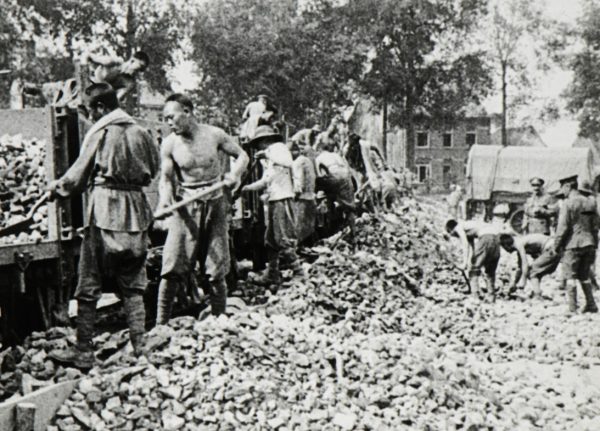Source:Deutsche Welle
China did not take an active part in the war, but in France, thousands of Chinese peasants intervened as logistical support for the troops. Many of them were exploited to death.
Noyelles-sur-Mer is an insignificant village on the northern coast of France. A couple of typical French houses around a church and a small hotel overlooking the English Channel. A village with little to offer. Except its cemetery. With 838 graves, it is the largest World War I Chinese cemetery in Europe.
Practically, China was left out of the fray in the military attacks of this war. The empire had to quell internal revolts after the fall of the monarchy and the proclamation of the Republic of China. As a new country, it sought recognition from the great European nations, says Hong Kong historian Xu Guogi.
In 1917, China declared war on the Central Powers, but not a single Chinese soldier fired a shot. By formally entering the war, China was seeking the complicity of Europeans and Americans to protect its territory against Japan, which, after seizing the Kiauchau colony in 1914, was threatening to seize other Chinese territories.
Support behind the front line
In Europe, it soon became clear that the military conflict was going to be a war of hard positions and heavy losses. Particularly in northern France, where soldiers were in the trenches facing each other even though months passed without movement. Foreign workers were used as logistical support to supply the soldiers. Especially in Flanders and northern France. By the end of the war, there were some 700,000 such troops active on the front. Most of them came from former colonies of Britain or France, but there were also 140,000 volunteers from China.
In May 1916, both European countries had signed an agreement with the Republic of China. “Most of the volunteers were starving peasants who could neither read nor write”, says historian Xu: “They came mainly from Shandong province and were used to the difficult living conditions in China. They were young – between 20 and 40 years old – and the only thing they knew was manual labour”. In search of better conditions and higher wages, they signed up at the offices in the former colony of Weihaiwei. “Others probably came out of a spirit of adventure or simply to get a taste of Western civilisation, but most came to escape poverty”, Xu continues.
From the countryside to the hell of war
Although the Europeans promised fair treatment, what they found in France was hell: “They were sent to the bloodiest war in history. Many had to dig trenches or work directly behind the front line while bombs exploded all around them”. Others helped in the armaments industry, in shipyards and aircraft factories. They worked on the maintenance of roads and railway lines, or in the coal mines, contributing enormously to the war economy in France between 1916 and 1918.
“The 40,000 or so Chinese troops working for the French were relatively well treated”, says Xu. “But those recruited by the British ended up as prisoners in labour camps”. They dug ten hours a day for six days a week for a miserable daily wage of between one and three francs. Although they were civilians, they were subject to the laws of the British military courts. Racism and cross-cultural differences were the order of the day, partly because there were few translators in the camp. “The commanders shouted every morning and that sounded to the ears of the Chinese workers like barking dogs. They felt mistreated and there were frequent riots”. Near the end of the war, there were 17 British camps in northern France housing some 96,000 Chinese workers.
No life after the war
After the end of the war, the camps were slow to disband. In March 1919, almost 80,000 Chinese were still living in France and Belgium. They were helping in the reconstruction of the war damage or burying soldiers who had fallen at the front during the battle. Many were assigned to clear minefields. Between 1916 and 1919, an estimated 3,000 Chinese died. “Sadly, most of them died after the war was over”, says Xu, “many because no one explained to them how to deal with unexploded bombs”. Others died of the Spanish flu, and those who survived managed to return to China. By 1921, some 3,000 Chinese remained in France, mostly in the suburbs of Paris, where Europe’s first Chinatown was later founded.
“In the First World War, Chinese workers helped cover the backs of British and French soldiers”, summarises the Hong Kong expert. “But they were also important for the young Chinese republic, as their intervention was recognised by France and Britain. Once in China, many of them quickly fell into oblivion. “The Chinese government never acknowledged the intervention of these men. In Europe, too, they are no more than a side note in the war”. And today, few bear witness to their fate. Except for cemeteries like Noyelles-Su-mer.
Share this article
On This Day
- 1572 Andrés Díaz Venero de Leyva founded the town of Guaduas (Colombia).
- 1578 Brunei becomes a vassal state of Spain.
- 1672 Spanish comic actor Cosme Pérez ("Juan Rana") dies.
- 1693 Painter Claudio Coello dies.
- 1702 The Marquis de la Ensenada was born.
- 1741 Spanish troops break the siege of castle San Felipe in Cartagena de Indias (Colombia).
- 1844 The Royal Order of Access to Historical Archives was promulgated.
- 1898 President Mckinley signed the Joint Resolution, an ultimatum to Spain, which would lead to the Spanish–American War.
History of Spain
26 August 2020
27 January 2021
Communism: Now and Then
23 December 2022
28 July 2021
